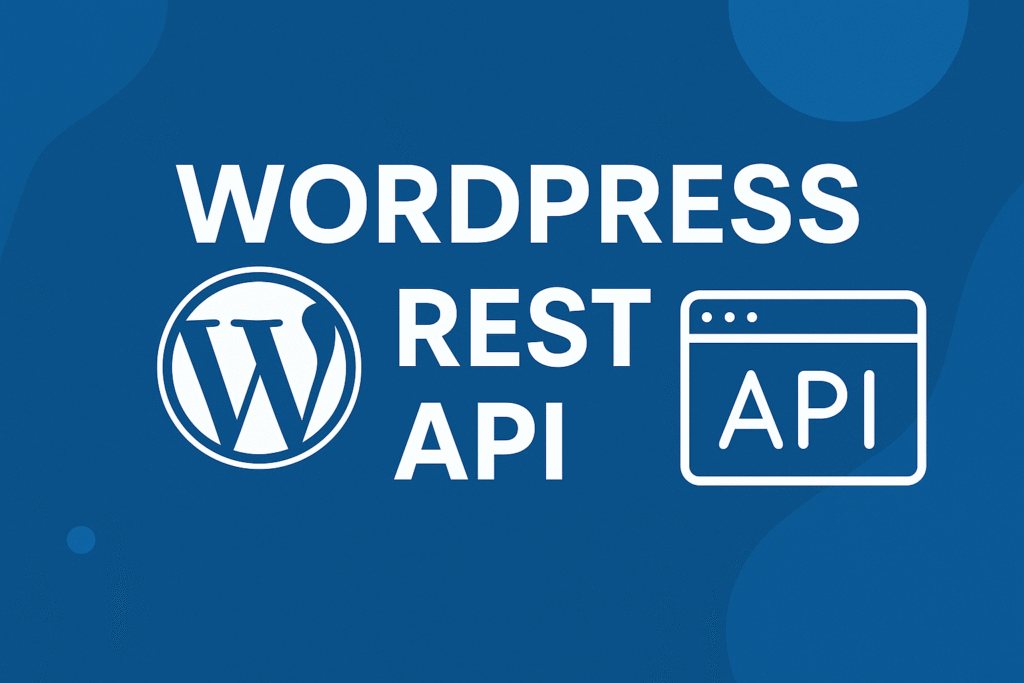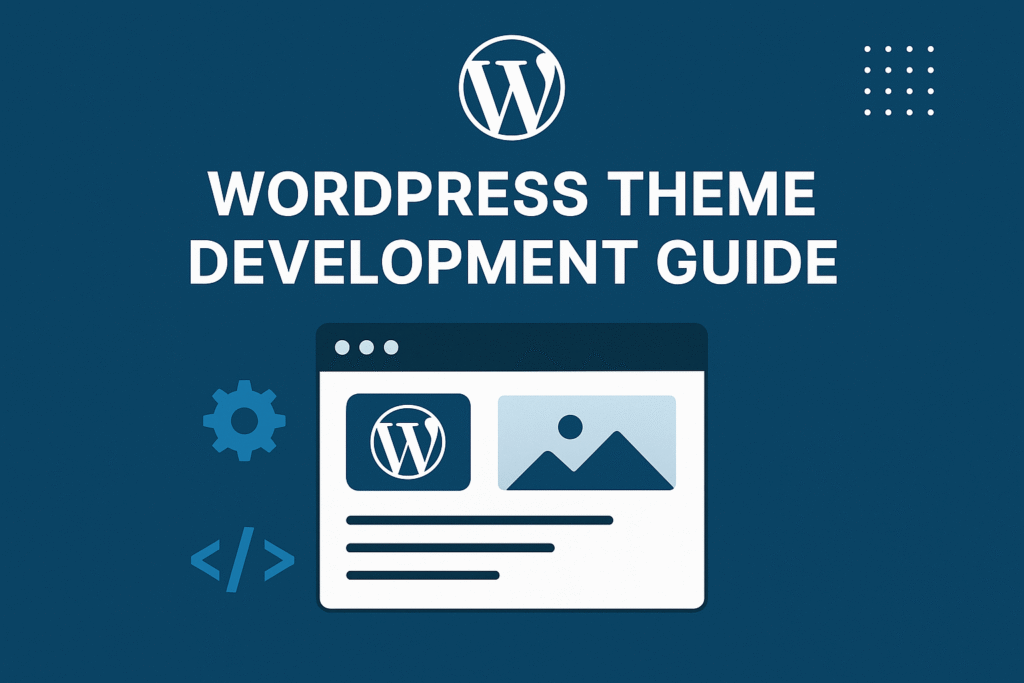Unlocking the Power of WordPress Action Hooks and Filter Hooks: A Comprehensive Guide
WordpressMar 24, 2015

In this article, we’ll learn about WordPress Action Hooks and Filter Hooks
Table of Contents
WordPress is renowned for its extensibility, allowing developers to modify and enhance its core functionality to meet specific project requirements. At the heart of this extensibility lie two powerful concepts: wordpress action hooks and filter hooks. Understanding how to leverage these hooks can significantly elevate your WordPress development skills.
We’ll take a deep dive into wordpress action hooks and filter hooks, exploring their differences, applications, and demonstrating how they empower you to customize and extend WordPress in ways you never imagined.
What Are WordPress Hooks?
WordPress Hook is a certain location in the WordPress code that allows you to attach or run your own code.
Another way of describing WordPress hooks is that they are sort of like designated areas within the WordPress code that give you the opportunity to execute your own functions.
If you decided to write a WordPress plugin or if you wanted to develop a theme, then it is almost certain that you will write code that will contain functions that utilize one of the many hooks available in WordPress in order to achieve your desired functionality.
WordPress Action Hooks and Filter Hooks
In WordPress, there are two types of hooks –wordpress Action Hooks and Filter Hooks.
Let’s briefly look at each one.
Action Hooks
Action hooks allow you to execute your custom functions which are referred to as actions.
Action hooks allow you to add additional code to the WordPress core or theme so that you can achieve some new functionality or customizations.
The actions or functions which you would write for your plugin or theme can be run wherever there is a hook available – which may be during the WordPress loading stage or when certain events occur.
Some examples of events where you might want to execute an action are when someone publishes a blog post or when a certain type of page is being viewed.
Each of these “events” will contain an appropriate hook to which you can attach your action (or function) to.
The definition of action hooks, as stated in the WordPress documentation, is:
“Actions are the hooks that the WordPress core launches at specific points during execution, or when specific events occur. Your plugin can specify that one or more of its PHP functions are executed at these points, using the Action API.”
So what does an action hook look like?
In the WordPress core system hooks are usually created by writing a function that contains inside of it a command which represents the particular hook.
Let’s look at an example of a very commonly used action hook called wp_head which is used by many plugins and themes to add things such as metadata between the <head> </head> tags of a WordPress page:
function wp_head() {
do_action('wp_head');
}
(Note: The above snippet was taken directly from the core WordPress code in the file wp-includes/general-template.php).
The tell-tale characteristic which identifies the above code as an action hook is the presence of the function:
do_action('wp_head');
In other words, the do_action function is how the ‘wp_head’ action hook is created.
A generic way of representing an action hook is:
do_action($tag, $args)
where:
$tag = the name of the action hook (eg, wp_head)
$args = optional parameter(s) passed to the actions (or functions written by you) which register with the particular action hook. Action hooks can have many or no parameters such as the wp_head example shown above.
(Note: You should consult the WordPress code to determine if or how many parameters an action hook has)
Another way you might see an action hook created is via the following function:
do_action_ref_array( $tag, $args );
The above function differs slightly from the do_action function in that the $args variable represents an array of parameters which are mandatory.
Without going into the technical details too much, it is simple enough to know that whenever you see a do_action() or do_action_ref_array() function, then you know that you are dealing with an action hook.
So now we know what action hooks look like, how do we write actions which we can use to hook into these hooks?
When you are writing your custom functions for your plugin or theme, you would typically hook your code into an action hook using a statement like the following:
add_action( ‘action_hook’, ‘your_function_name’ );
The above line tells WordPress that you would like to execute your function called your_function_name when the system comes across the action hook called action_hook.
Below is a simple example of using an action hook by creating an action:
<?php
add_action( 'wp_head', 'my_actionhook_example' );
function my_actionhook_example() {
echo '<meta name="description" content="Hello world. This meta description was created using my action hook example." />' . "\n";
} // The end of my_actionhook_example()
?>
The above code is something that you might place in your theme or child-theme’s functions.php file and when it is executed it will simply echo a meta tag inside the head portion of a WordPress page.
The add_action line registers (or hooks) your action (called my_actionhook_example) to the action hook which is called wp_head.
If you recall from earlier we said that an action is a customized function that you create and in the example above you can see the function definition and the code for the function which simply adds some metadata.
The example we’ve just seen uses one of a large number of action hooks available to you in WordPress and is a small drop in the ocean with what you can do with action hooks.
If you are curious and want to discover more of the action hooks available you can do a global search through the WordPress core code for the following two strings using a code editor:
do_action
do_action_ref_array
The search results yielding the above terms will contain the action hooks built into WordPress where the first parameter will be the action hook name.
Also, don’t forget that the WordPress documentation and codex is also great source of information about hooks too.
Filter Hooks
Filter hooks are WordPress hooks and these deal with the manipulation of text and other output.
When defining filters the WordPress documentation says:
“Filters are functions that WordPress passes data through, at certain points in execution, just before taking some action with the data (such as adding it to the database or sending it to the browser screen). Filters sit between the database and the browser (when WordPress is generating pages), and between the browser and the database (when WordPress is adding new posts and comments to the database); most input and output in WordPress passes through at least one filter. WordPress does some filtering by default, and your plugin can add its own filtering.”
Filter hooks allow you to also execute your functions known as filters.
The main purpose of a filter is to modify settings or text of various types before “adding it to the database or sending it to the browser screen”.
A filter hook can be identified by either of the following pieces of code:
- apply_filters( $tag, $value );
- apply_filters_ref_array( $tag, $args );
For example in the WordPress core you will find a line of code like the following:
$title = apply_filters('wp_title', $title, $sep, $seplocation);
The above example shows the creation of the wp_title filter hook. This hook allows you to manipulate a page’s title before it is displayed in the browser.
As for the action hooks, filter hooks follow a similar pattern. The $tag represents the name of the hook and there are also parameters that are passed to filters that are registered to the hook.
Unlike the do_action hook, the apply_filters hook will always pass a parameter to the filter (which is the customized function you write) and your filter in turn must always return the $value parameter back to WordPress.
To create and register a filter you will use a similar approach to creating an action. For example, you will write a function (known as the filter) that does something and you will also register your filter to a particular hook using a command such as:
add_filter ( 'hook_name', 'your_filter', [priority], [accepted_args] );
where:
- hook_name = name of the hook you want to register
- your_filter = the name of your filter (or function)
- priority = (optional) integer which represents the order your filter should be applied. If no value is added, it defaults to 10.
- accepted_args = (optional) integer argument defining how many arguments your function can accept (default 1) because your filter must accept at least one parameter which will be returned.
Let’s look at a simple example of creating and registering a filter.
The code below shows something you might add in your customized theme functions.php file to append the site name to a page’s title:
<?php
add_filter( ‘wp_title’, ‘mytest_add_sitename_to_title’, 10, 2 );
mytest_add_sitename_to_title( $title, $sep ) {
/* Retrieve site name. */
$name = get_bloginfo( ‘name’ );
/* Append site name to $title. */
$title .= $sep . ‘ ‘ . $name;
/* Return the title. */
return $title;
}
?>
We can see from this example that we are registering our filter which is called mytest_add_sitename_to_title to the wp_title filter hook and we are assigning a priority of 10 and specifying that our filter function will accept 2 arguments.
Also, note that our filter returns the $title back to WordPress in order for it to be able to display the modified title on the screen.
WordPress Action hooks and filter hooks are powerful tools that empower developers to customize and extend WordPress in limitless ways. By understanding the differences between WordPress action hooks and filter hooks, and learning how to leverage them effectively, you can create modular, flexible, and customizable WordPress themes and plugins. Embrace the flexibility of hooks, explore the vast WordPress ecosystem, and elevate your development skills to new heights. Happy hooking in WordPress!
Hope this article helps you to learn WordPress Action Hooks and Filter Hooks!


